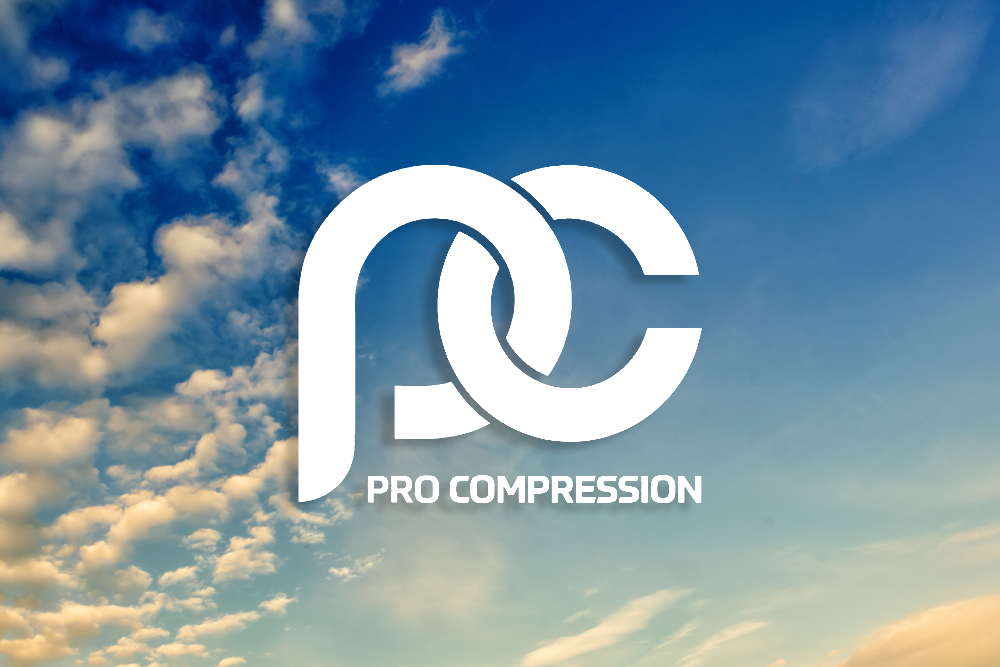Light bulbs. Batteries. Motor Oil. These are all things that require changing, and there are clear indications when they need changing.
Changing a brand, on the other hand, can include more complication and consequence. So, when do you change your brand, and how much do you change it? Should it be subtly refreshed or totally redesigned?
Branding strategies are meant to guide the consumer in the direction of a convenient choice that fulfills a need, and, in turn, becomes habitual. And while habits die hard, technology presents new and interesting options to consumers every day, which begs the question – how do brands stay relevant?
The key: innovating inside the brand.For the sake of this segment, let us assume we’re addressing brands that have successfully defined their value proposition and target audience, became popular, and implemented a design to harness the power of consumer habit to form a cumulative advantage.
(Take a breath).
What’s a cumulative advantage, you ask? Stay tuned, as we’ll break this concept all the way down in our upcoming series. Essentially, it’s a competitive edge that compounds over time. However, advances in technology are challenging this tenet. Brands are being forced to constantly review their approach, delivery, and other strategic principles in an effort to stay relevant, while keeping their base comfortable with the brand they’ve learned to love.
Creating a great experience as a brand means staying relevant when our world is moving a million miles a minute. When your brand is relevant, it makes sense to your audience. The problem is, audiences are changing now more than ever – not necessarily the demographic but their preferences. Our behaviors change depending on trends and technology, which changes the way an experience is created and distributed.
Accessibility has majorly changed how consumers purchase, and therefore, has changed the dynamic of branding and the landscape of brand loyalty. Technology is the primary catalyst for change in branding. So, staying ahead, or at least with the curve as things change means increasing the probability that consumers will stay connected and engaged, regardless of their preferences or habits. When a brand creates a great experience that is contextual, nimble in the face of change, and continually valuable, consumers will keep coming back.
But how far is too far? Sometimes less is more, and a simple change to accommodate your audience’s need in a more convenient way involves a mere implementation of new technology to give your audience something familiar in a new way. We’re witnessing an evolution in branding that has shifted away from customer loyalty toward convenience.
I think back to my childhood. The weekend arrived, and I used to love to go to the video store to pick out new movies. There was something to the aesthetic – being surrounded by walls of cinematic history, exploring what seemed like endless options. People don’t have time for aesthetics these days. We want what we want when we want it. And as consumers, we look for the most convenient access. Enter Netflix. A reasonable monthly subscriber fee and a mailing address later, and the endless options are in your mailbox. Video stores, like Blockbuster, tried to compete, but the market was cornered quickly. And that was only phase one.
Phase two. Now, I wasn’t in the room at Netflix headquarters, but I’m assuming a very simple, age-old question was asked: how can we better serve our audience and improve the ease of access to our service? Answer: digital streaming. To be concise, I haven’t laid out the entire evolution of Netflix in a timeline. The important thing to note is this – they innovated within the brand. No logo change. No relaunch. No major design implementation.
Simple solutions. It’s easy to lose your brand identity when rebranding, and sometimes customer loyalty will carry you through. Consumers want to keep coming back. They want to feel comfortable, until comfortable becomes stale or inconvenient. Improvement is the remedy for indifference.As A.G. Lafley and Roger L. Martin aptly state, when referring to Netflix in their 2017 Harvard Business Review article, entitled Consumer Loyalty is Overrated – “For customers, improved is much more comfortable and less scary than new, however awesome new sounds to brand managers and advertising agencies.
”An emotional connection to a product or service will always be asset to a brand’s success, but constant changes in technology have more brands consistently working to upgrade ease of access to their products, while maintaining the connection that originally attracted their audience. And therein lies the challenge. It’s easy to succumb to the thought that your brand may need more than a simple improvement, and next thing you know, the brand your audience has come to know and love is nearly unrecognizable. This can be a major pitfall.
The advent of the internet and advancements in digital media and technology have transformed how consumers experience the promises that brands make. They have also transformed our ability to shape and co-create those experiences and to tell millions of other people about our experiences – good, bad, or indifferent. But brand owners have had to face transformative challenges before. And the brands that pull through are those that do what they must to stay relevant, while staying true to the experience they’ve created.
Such transforming factors have, though, never changed the fundamentals of brand building: gain continuous insight into what your customers want, understand how they want it, know how the purpose of your brand helps them, be clear about your promises and deliver them brilliantly.
Take IBM, for example. IBM does not sell computers any more, but its brand purpose is still driven by the same insight that Thomas R. Watson had in 1915 – that ‘information technologies would benefit mankind.’ Today, IBM speaks publicly through its advertising of a purpose to create a ‘smarter planet,” and they continue on that journey with technology in the sidecar. Sometimes improving your brand means trimming the fat to improve focus.
The best brands have adapted to the changing needs of society, not just to the individual needs of consumers in that society. In fact, they anticipate the needs of tomorrow’s society. Technology is the primary force dictating these needs. To stay relevant, brands must pay attention. Consumers have to trust you before they jump. But once they jump, it’s a brand’s job to keep them from landing and looking for the next leap. Innovating from within your brand is an impactful way to improve the consumer experience, when done with proper planning. Sometimes, that includes major improvements, and other times, less means more. Either way, fail to plan, plan to fail. Stay relevant, yet familiar. That is the art of balance.




